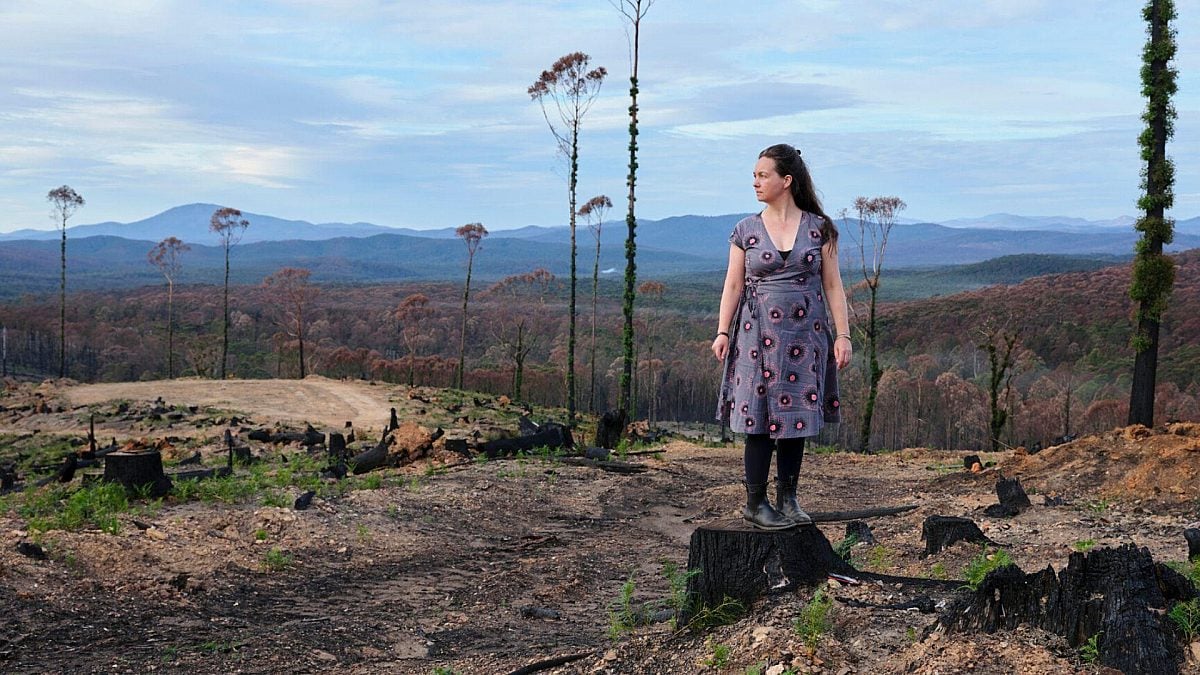
Wilderness Journal
Issue #001
Welcome to the first issue of our Journal. Each month we will share stories of nature and people. Photographers, artists, citizens and scientists share insights into the beauty of wildlife, wild places and what is being done to protect them. Plus a look back at the Wilderness Society's rich history in pictures. And more besides. Enjoy.
Forest from mountains to the sea
Story by Amelia Young, photography by Ben Baker
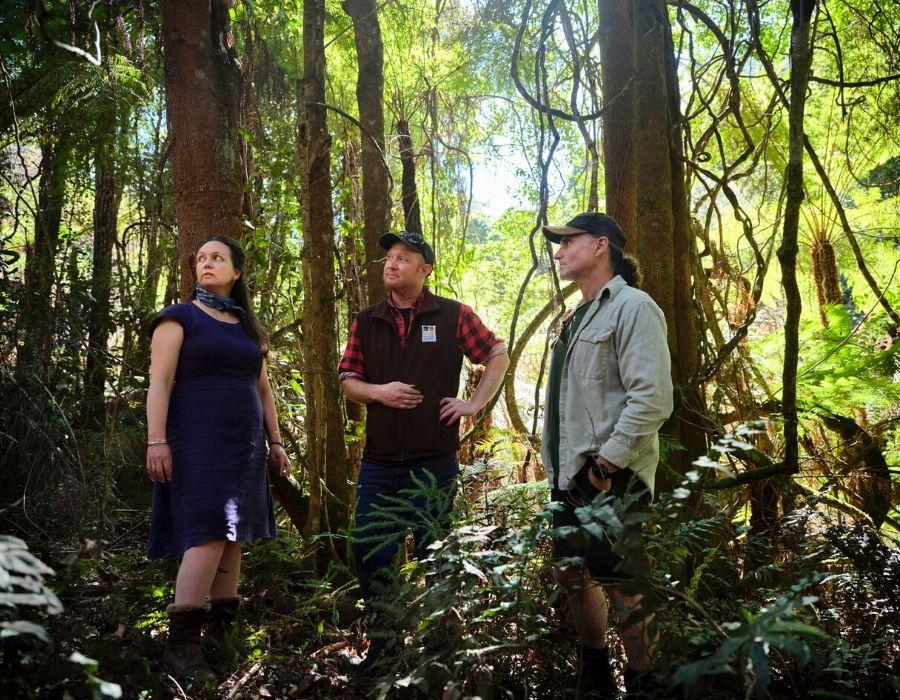
The region known as East Gippsland, Victoria is a special place. Since the early 80s, my family and I have camped there every summer. My parents first took me to East Gippsland from the age of five and now I take my own family. These experiences have infused me with a deep, personal respect for the region.
When we take the turnoff at the township called Cann River and begin the forested drive down to Croajingolong National Park, there is a feeling of relaxation. Once the tents are up, there is time to paddle in the river, stretch eyes to the stormy ocean horizon, and listen to the birds flitting through the coastal heathland. But this summer we didn’t get there: the whole region, and so many other parts of Australia, was devastated by bushfire and, like many others, we watched the horror unfold from afar.
The area known as East Gippsland occupies the far eastern corner of Victoria. Even today, after decades of clearfell-logging, and successive bushfires, it has vegetation that stretches from alpine mountains continuously down to the coast. Traditional Owners have long and ongoing connections here, with continuing custodianship of the land and waters.
The Snowy is the most famous, but just one of the many rivers that wind through this region. It makes its way down from the snow-fed marshy alpine fens of the highlands until it joins with the ocean at the township of Marlo. These rivers are part of the unique confluence of geography and climate that makes both the habitats and wildlife across the region so unique and special. The Victorian government’s biodiversity mapping ranks East Gippsland as making a higher contribution to Victoria’s biodiversity than any other part of the state.
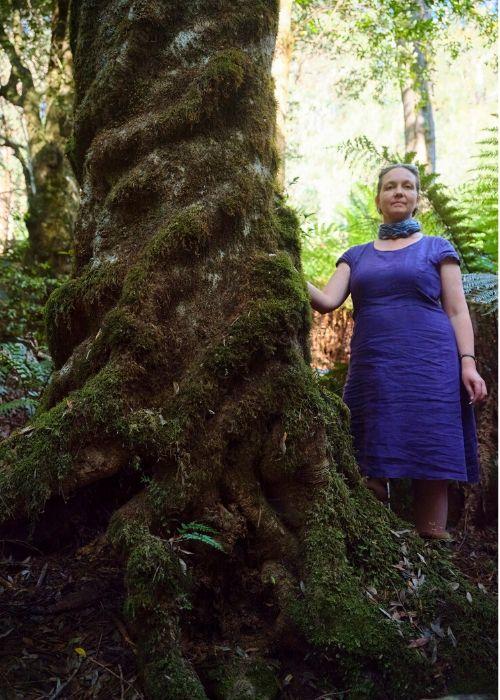
“This region has the lion's share of significant rainforest in Victoria. It sits in this bioclimatic window that allows it to have different rainforest types that occur all in the one place, that don’t occur in the one place anywhere else.”
— Tom Crook, Program Manager - East Gippsland Conservation Management Network
Recently, after the bushfires, I travelled with Wilderness Society colleagues through these areas to listen to people’s experiences of the disaster and their thoughts on how it had changed lives and impacted the surrounding environment.
Over the years, I have learnt much from talking with locals, with the people who live and work in the forests and with researchers and scientists who spend their lives untangling their secrets. Knowing just a little about how this mix of rainfall and temperature has shaped the rare rainforests, Gondwanic-era mountain forests, and the species living in them makes this region all the more precious.
To start, the coastline here pushes out east, it is the corner where the southern coast seems to turn and then head north. This is where two oceans and a sea meet, a confluence of currents that makes it fertile waters for seabirds like Arctic terns and white-bellied sea eagles, supported by 4137 square kilometres of the East Gippsland Marine Park that sits far offshore on the continental shelf.
The coastline is rugged with expansive sandy beaches, rocky coves, and windy headlands. Many lakes and estuaries have an abundance of plants and animals. Rains that sweep in from the southern oceans feed the agricultural lands of the floodplains and cleared valleys, and it is these clouds, when captured by the highlands, that water the magnificent forests. We heard that in the lead up to last summer’s bushfires, this rain cycle had been disrupted, with the forests and farms, being drier than locals had seen them in a long time.
"We’ve got a steep altitudinal gradient right by the coast, it rises from sea-level to 1000m in about 30km. The sea fogs come in and just sit in this area. Sometimes when you are in the air and look down at the lowland eucalypt forest you can see water just hanging in the trees.”
— Josh Puglisi, pilot, wildlife conservationist and Emerald Link Regional Advocate.
Moving inland the unique geography, dominated by the Errinundra Plateau, has allowed both warm and cool, temperate rainforests to exist in close proximity—these places, like the Goolengook valley, are a global rarity. Much of the area has been decimated by logging and more recently the devastating 2019/20 summer bushfires, but the swathes of recovering forest, with pockets of green, unburnt forests, are still a sight to behold. For tourists and locals alike this is nature on a breathtaking scale.
At around 1000m above sea-level, on the Plateau the average temperature dips considerably and it is dominated by both wet-eucalyptus and magnificent cool temperate rainforests. These rainforests are rare on the mainland, a remnant of when New Zealand, Antarctica, South America, Southern Africa and Australia were linked in the ancient super-continent, Gondwana. Around the rainforest, the giant trees (shining gums and alpine ash) stretch up to a canopy that towers above. Some of these trees may be up to 400 years old—similar eucalypts on Brown Mountain were dated at over 600 years old.
The remarkable thing about these forests, those that haven’t been logged, is the different types of trees. The variation in size, the big old trees—‘the apartments for animals’ as one local described them—their hollows housing the iconic greater gliders. The younger trees taking advantage of the gaps. All these features make it a home for gliding mammals, powerful and sooty owls, the extremely rare long-footed potoroo, the even rarer East Gippsland galaxias—a freshwater fish only found in the Heritage-listed Arte River in Kuark forest, the striking ‘electric blue’ Orbost spiny crayfish; the list goes on.
There are 709 listed, threatened species in East Gippsland—that's 34% of all of Victoria's listed threatened species, in an area that covers just 9% of the state. Many of these species were severely impacted by the summer bushfires, either directly killed in the fires or impacted by the destruction of their habitat and the runoff of ash into the river system.
“This is the place where plants from the Antarctic meet those from the tropics. Further south it is only cool, temperate rainforest. But the warm currents coming down the coast keep it just warm enough to also have the tropical species in the hinterland.”
— Tom Crook, Program Manager -East Gippsland Conservation Management Network
Further south in the Kuark Forest at the base of the Plateau, there is warm-temperate rainforest. It is the furthest southerly extension of a tropical forest type that is found right up the east coast into Queensland. There are many different kinds of ferns on the forest floor, including the extremely rare slender fern, and in the mid-storey there are warmer climate species of trees like lilly pillies. What makes Kuark Forest special is that as you ascend toward the Plateau there are mixed areas where the two types of rainforests—cool- and warm-temperate—merge and co-exist.
As you travel around East Gippsland you can tell the logged areas by the uniformity of the trees. Instead of a mix of the old and new, the logged areas contain ‘re-growth’ that is more regular, and more prone to bushfire through the uniform canopy and the trees being closer together. On our final days in East Gippsland, this is something Phil Piper, a Mallacoota local, observed. "As far as I’m concerned, the logging practices are totally unsustainable, as you could see with what burnt and what didn’t burn," he said. Phil and his partner Kate were lucky not to lose their house in the bushfires.
“The severest burns were areas that had been logged. It was clear because all the trees were the same size. Bushfires are worse due to a drier season, and logged areas dry things up.”
— Phil Piper, Mallacoota resident.
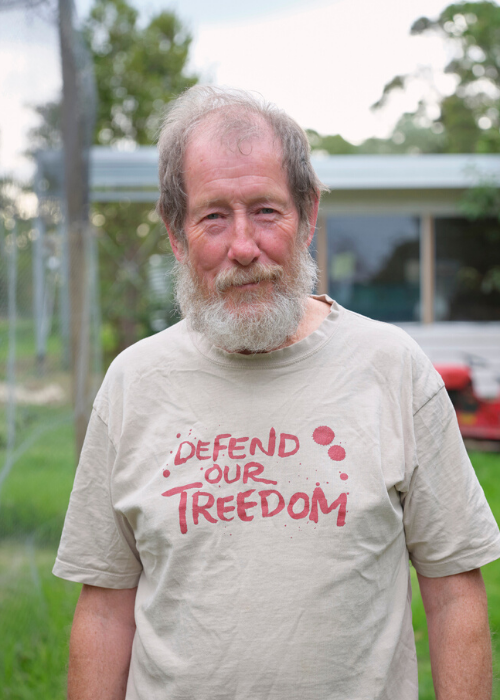
This timeless corner of Australia is under siege. Climate change is fuelling the bushfire season to the extent that fires now penetrate into rainforests, while logging is turning the region’s forests into woodchips, and making them more fire prone. Clear-fell logging for pulp is consigning what’s left—the forests, the animals that live there, and the local communities—to an uncertain future. We must do all we can to protect and support their recovery.
During a visit to the region in March, everywhere we went we heard that the Emerald Link conservation economy proposal must be a part of the region’s future, to support recovery of forests and communities, including businesses and the regional economy, too.
The last thing these forests need is more logging. Recently the Federal Court found that the Victorian state government has been logging illegally. The Court handed down a ruling that the Wilderness Society described as the ‘Franklin Dam of forest-legal outcomes’, such are the ramifications it has for logging in forests right across Australia.
As the forests emerge anew from the ashes, this special part of eastern Victoria—the last place on mainland Australia with continuous vegetation from Alps to coast—must be supported to recover. Locals have a vision for their local forests to be managed for the benefit of the community, and they too must be supported to implement that vision.
Into the firefields
“'Hey Aussie, so sad about your country, my heart breaks, I can’t believe it.'
"I didn’t know how to respond to the New Yorker I had just met on the streets of the city, I had been away from home so long it didn't seem real, not possible, not on that scale.
"It was real, my country was burning out of control, burning bush that had never burnt before. Burning so fiercely that areas the size of European countries were lost.
"Returning to Australia a few weeks later I got to see firsthand, documenting a week on the road with the Wilderness Society, with people whose life mission is to save, protect and preserve our magical country for the generations to come.
"And to meet those on the front lines of saving what's left and creating sustainable lives for all.
"A privilege to connect, document and help in ways we as storytellers can." — Ben Baker, photographer.
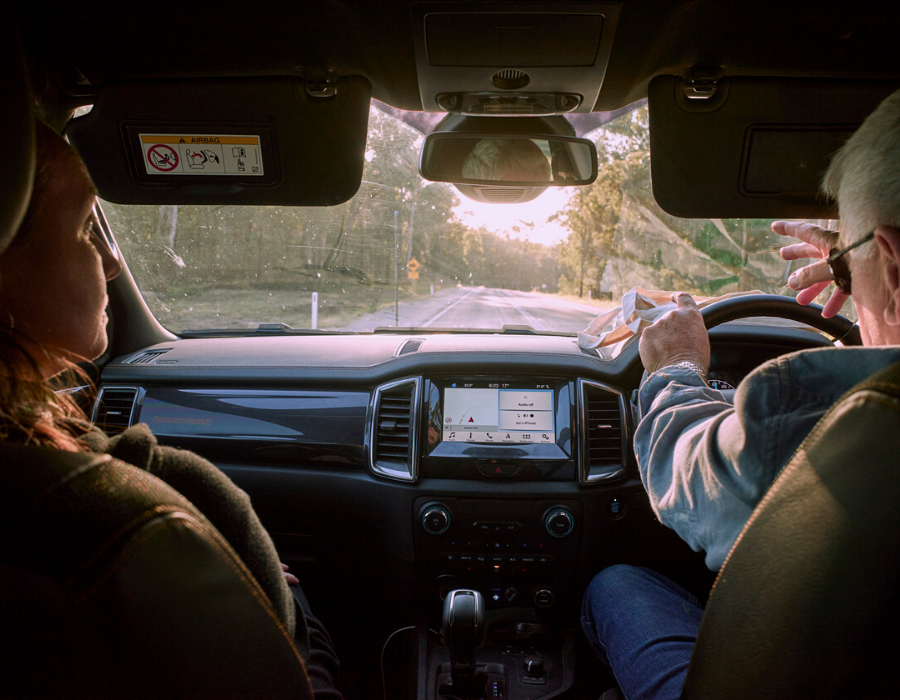
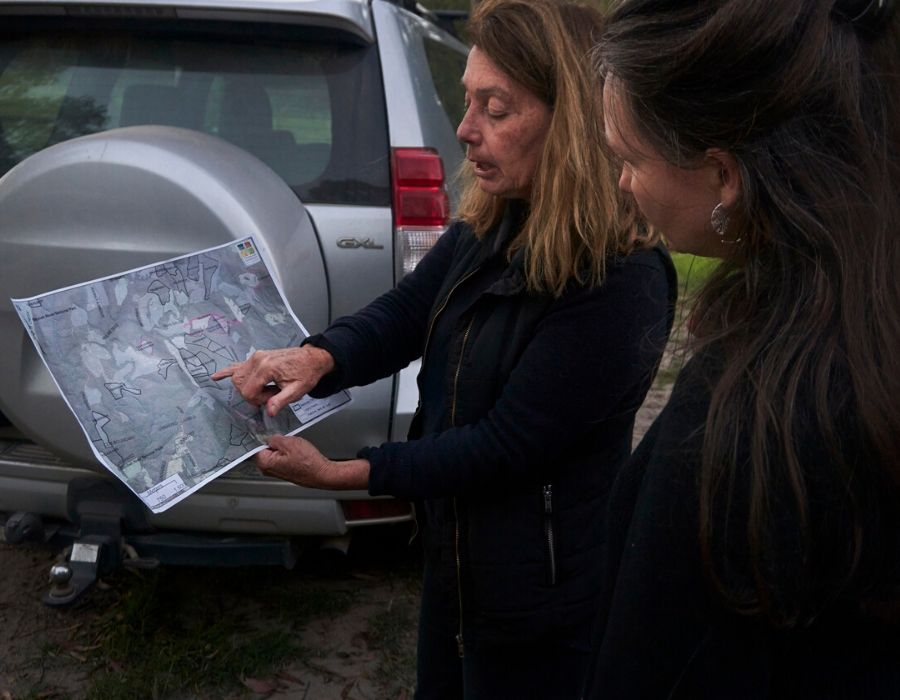
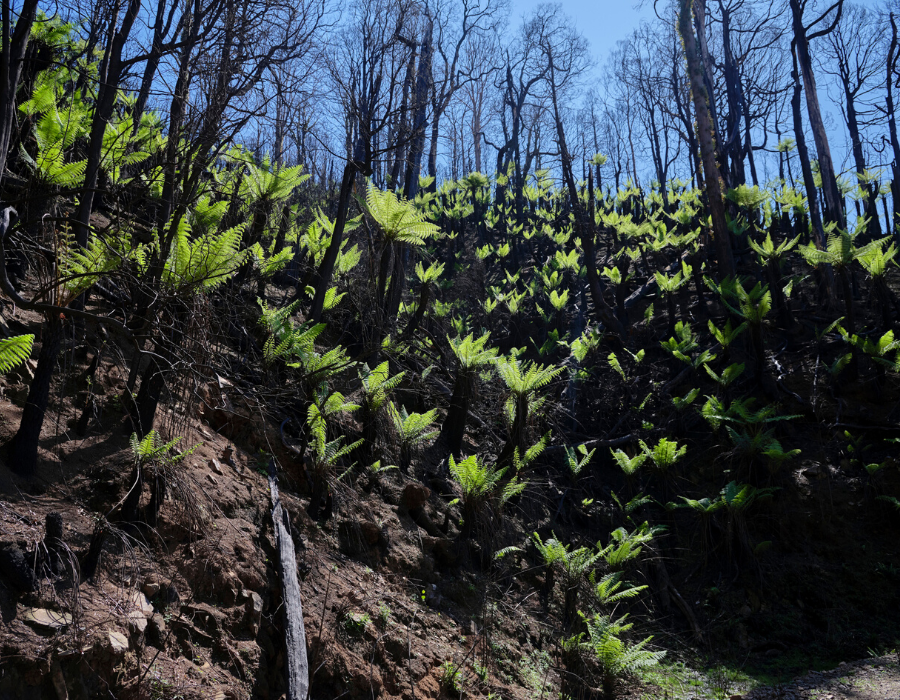
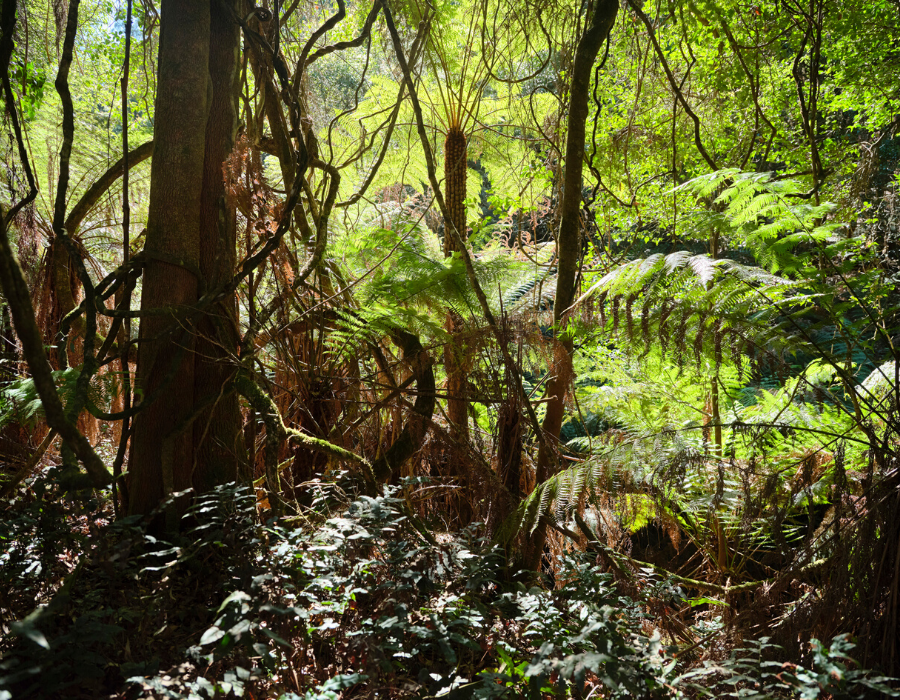
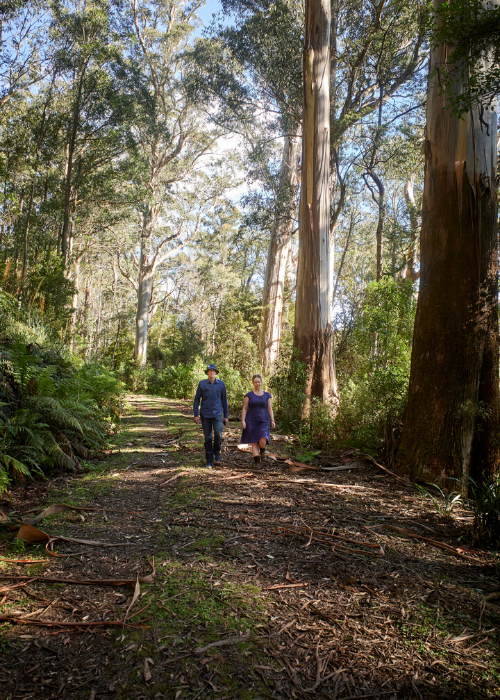
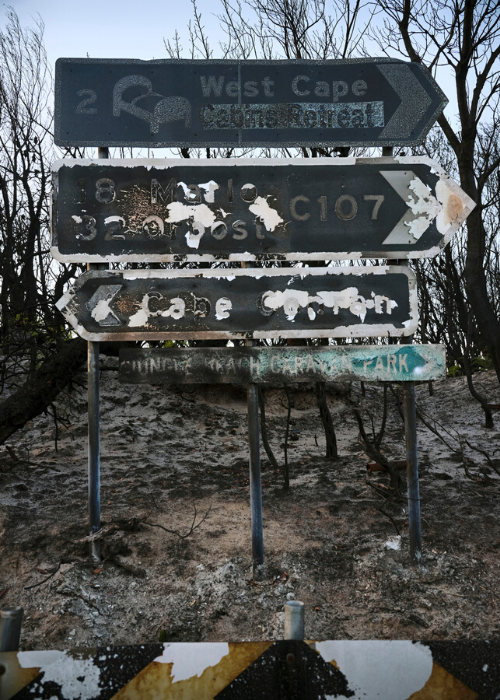
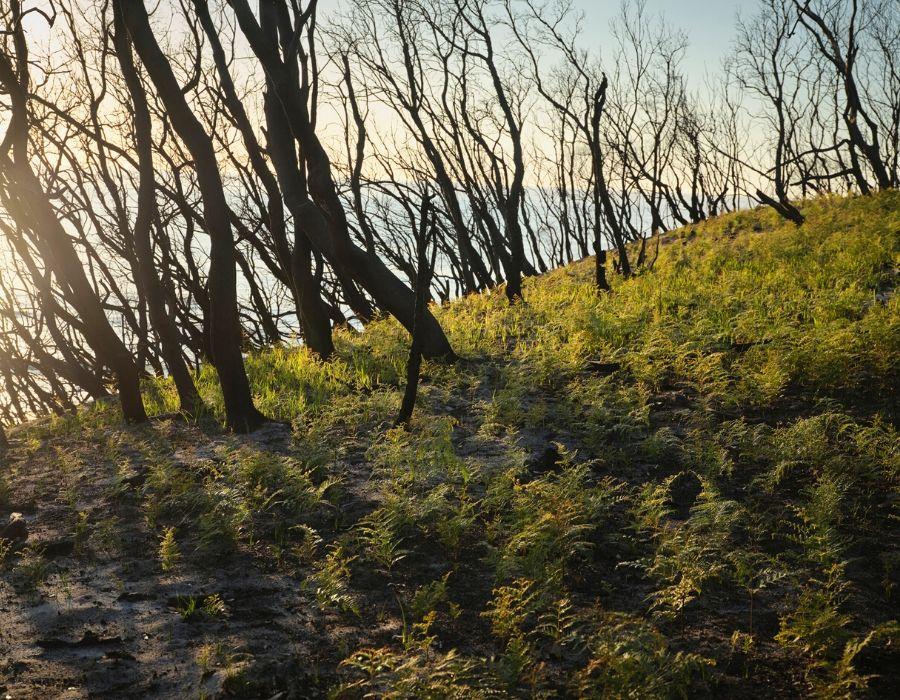
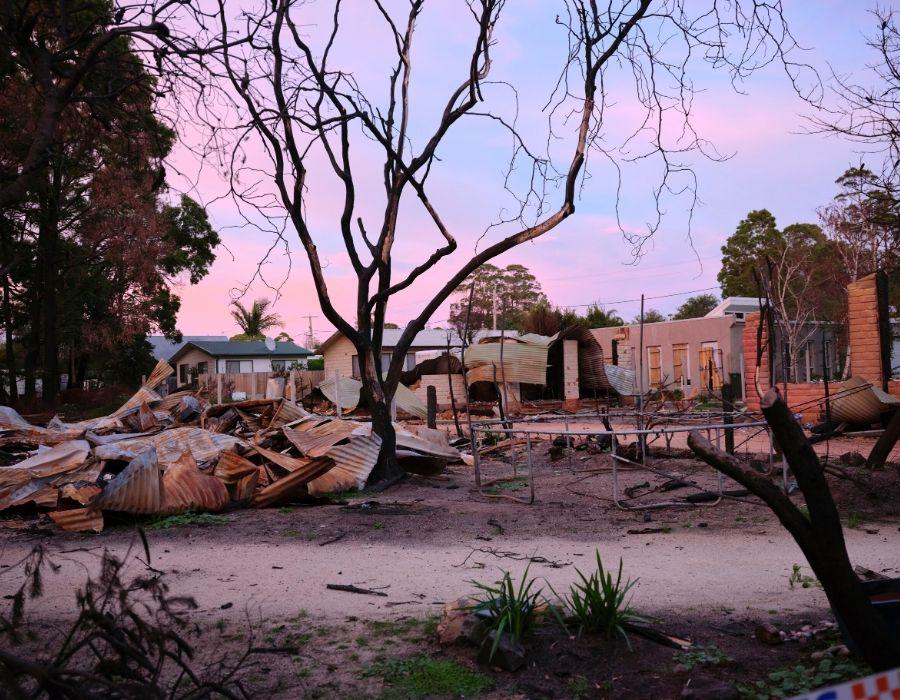
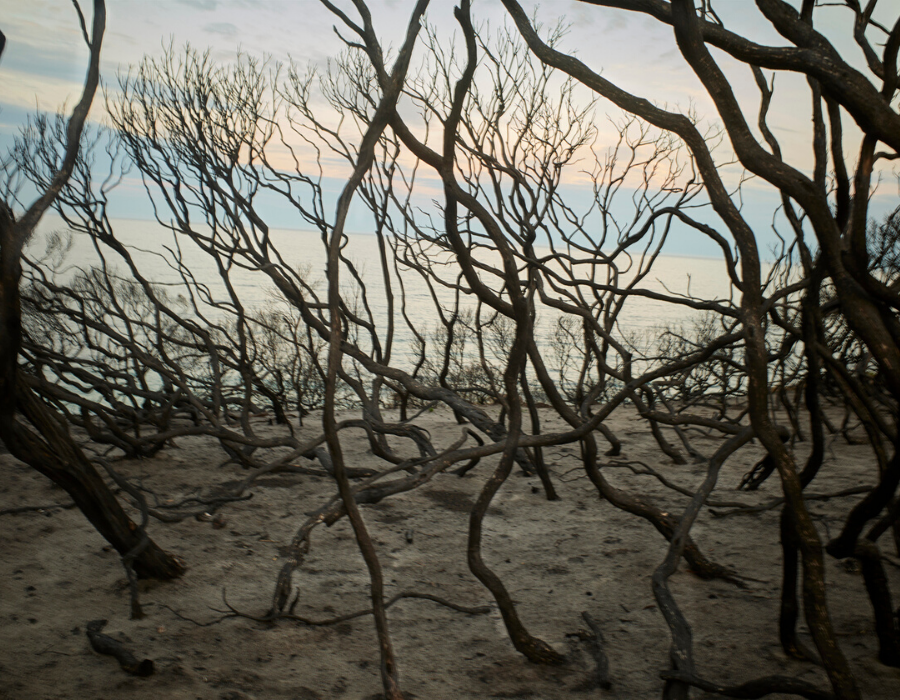
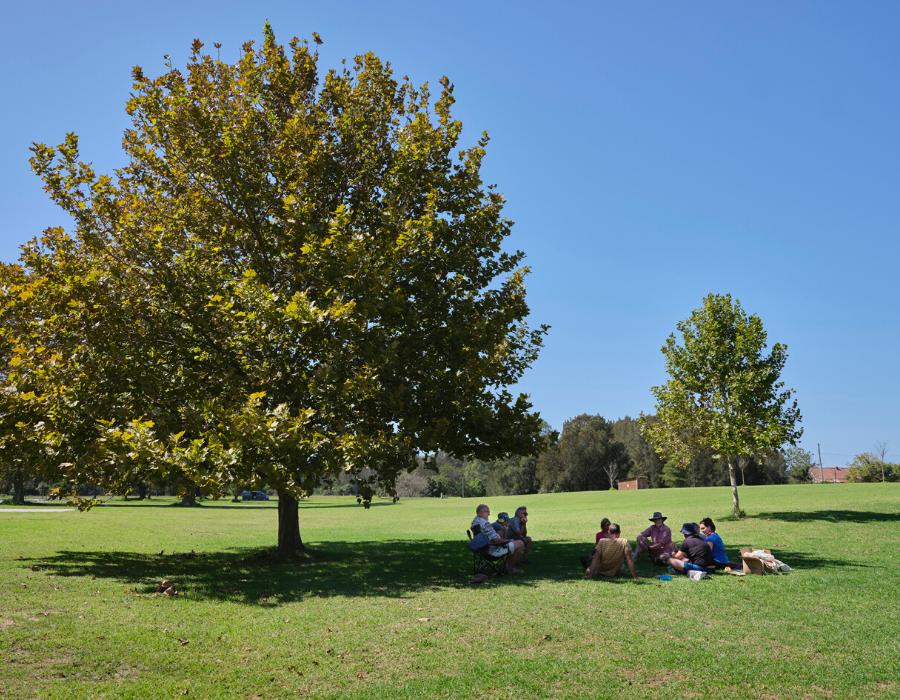
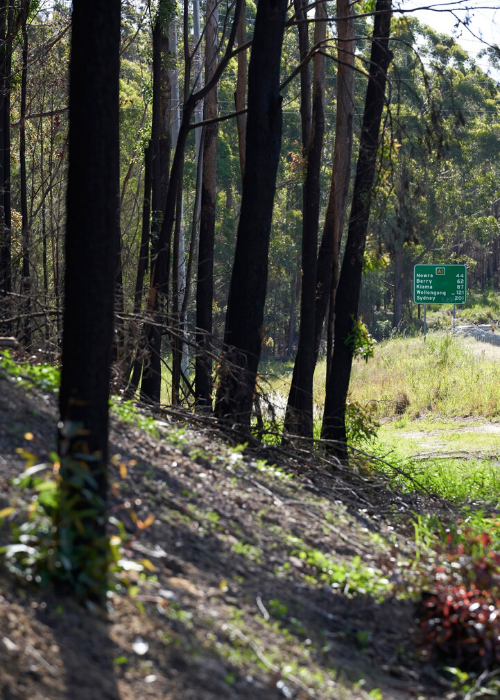

"Local communities and nature need to have a voice in developing sustainable solutions for recovery from both COVID-19 and the bushfires. Solutions for economic recovery that benefit nature and climate will result in stronger communities and healthier, happier lives for us all."
A note from Matt Brennan, CEO
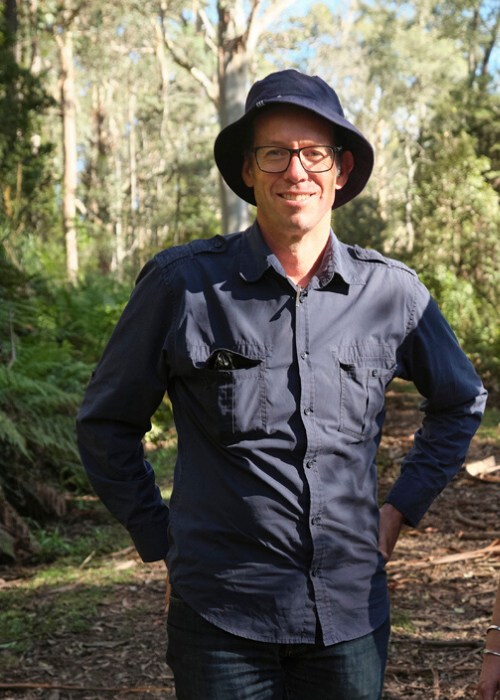
"Earlier this year we embarked on a journey through the bushfire impacted forests of East Gippsland in Victoria, and the NSW South Coast. We saw firsthand the aftermath of a bushfire event on this scale and talked with many people across the regions, but more importantly listened to their perspective on what happened and what should happen next.
"We listened to many people affected by the bushfires. What we heard and observed was how much decision making was outside the hands of local communities, and how few of the decisions being made on their behalf made sense for their needs. Many people feel they don’t have a voice when it comes to making important decisions about the environment they live in, be it bushfire recovery, logging or tourism opportunities.
"The Wilderness Society is uniquely placed if we keep listening, and keep creating spaces for communities to come together, encouraging people to find their voice and to have the conversations that matter. Those things are going to be what holds us in good stead, as will our heritage, our knowledge and our deep love of the forests and the rivers.
"Local communities and nature need to have a voice in developing sustainable solutions for recovery from both COVID-19 and the bushfires. Solutions for economic recovery that benefit nature and climate will result in stronger communities and healthier, happier lives for us all." — Matt Brennan, CEO, Wilderness Society
Shots from the archive
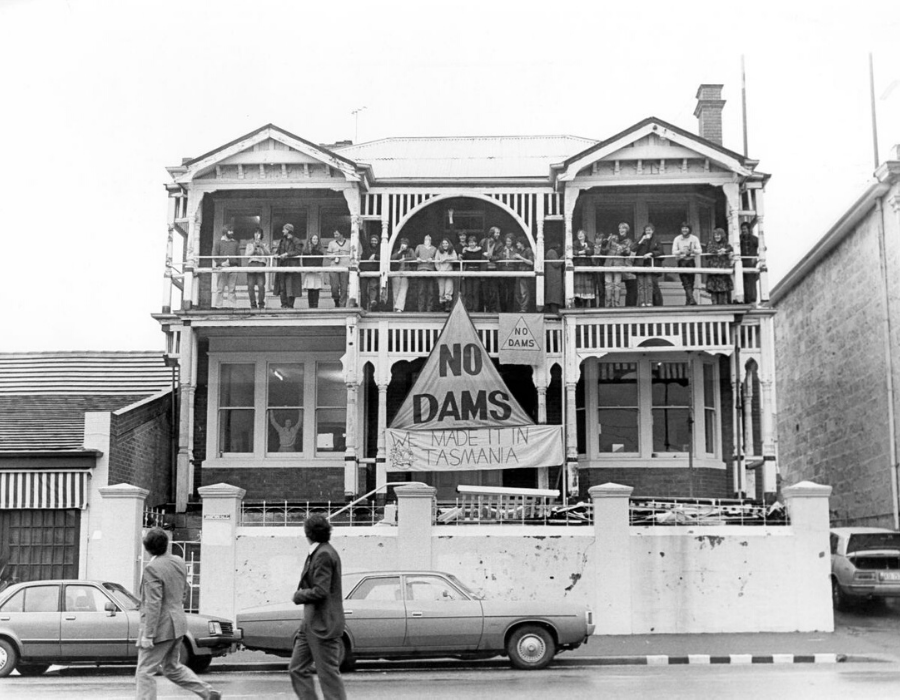
Our colleagues share shots of nature that inspired them during COVID-19 isolation.
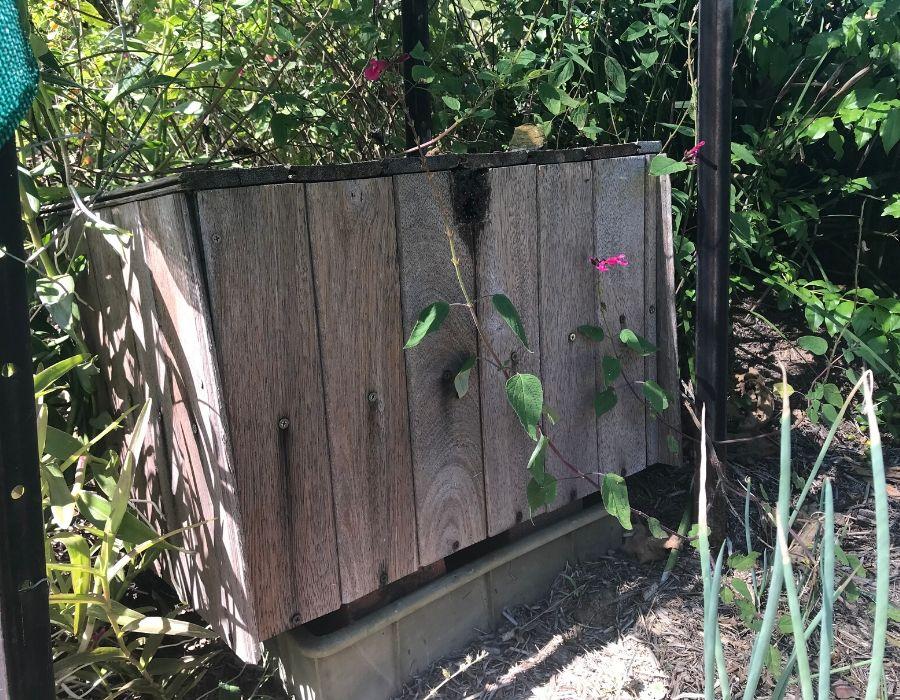
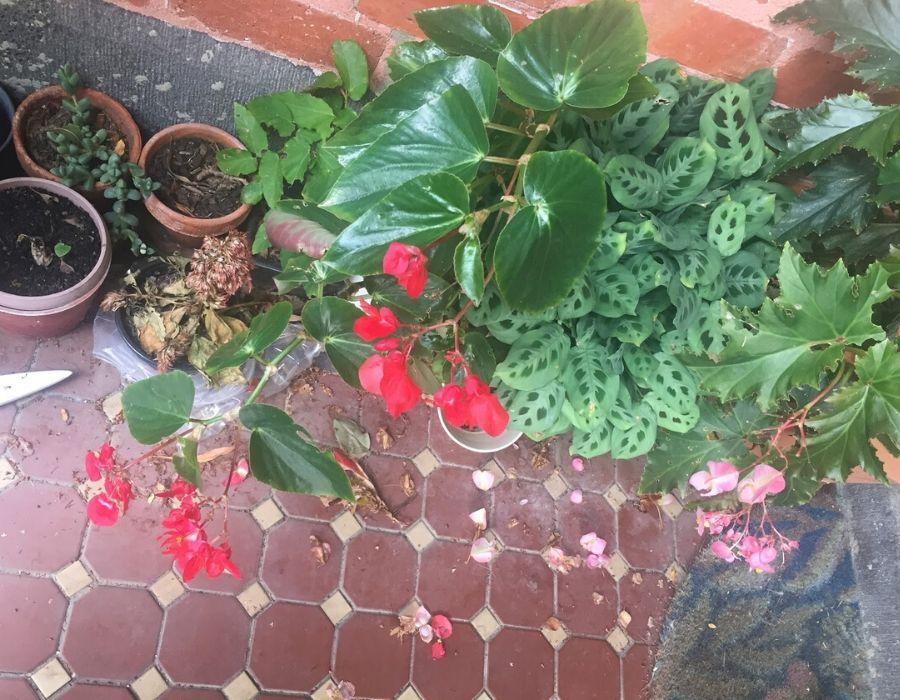
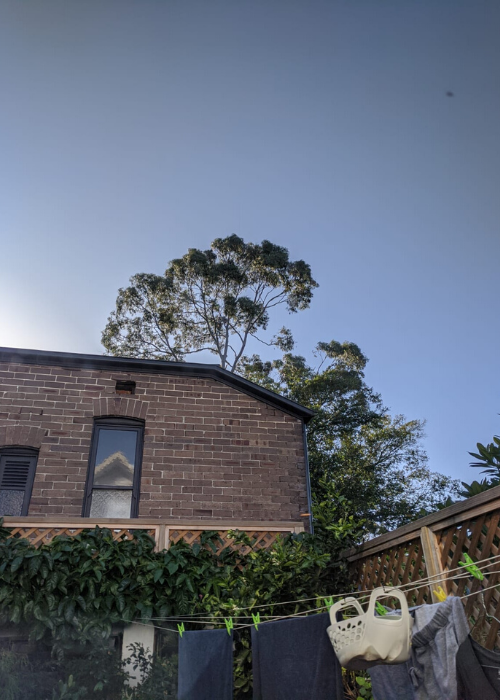
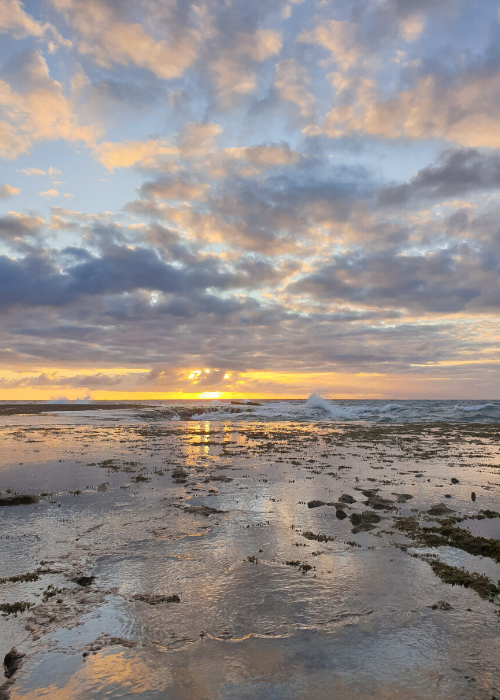
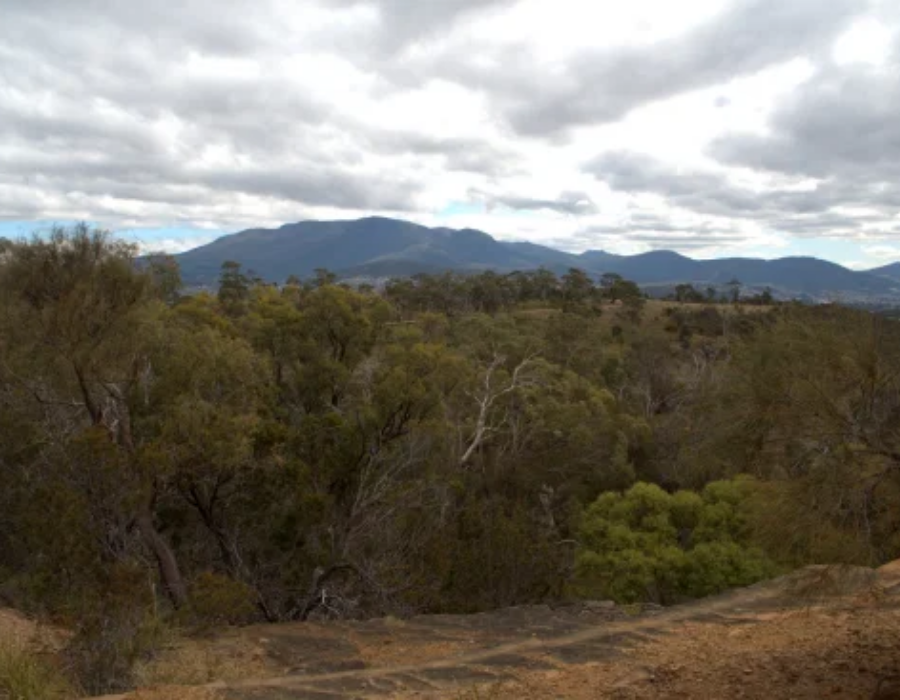
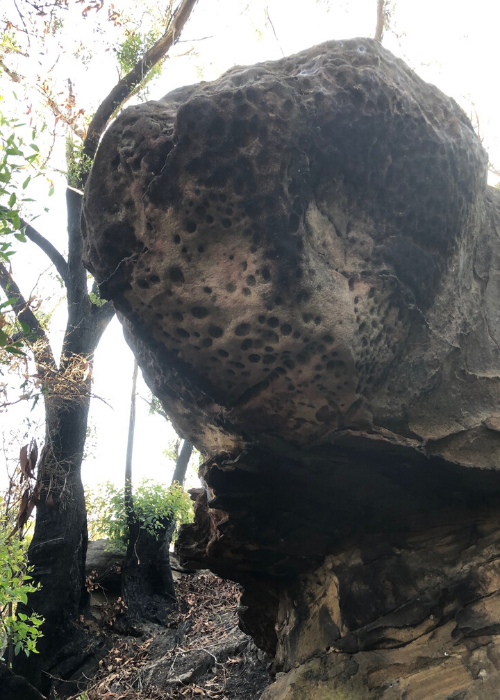
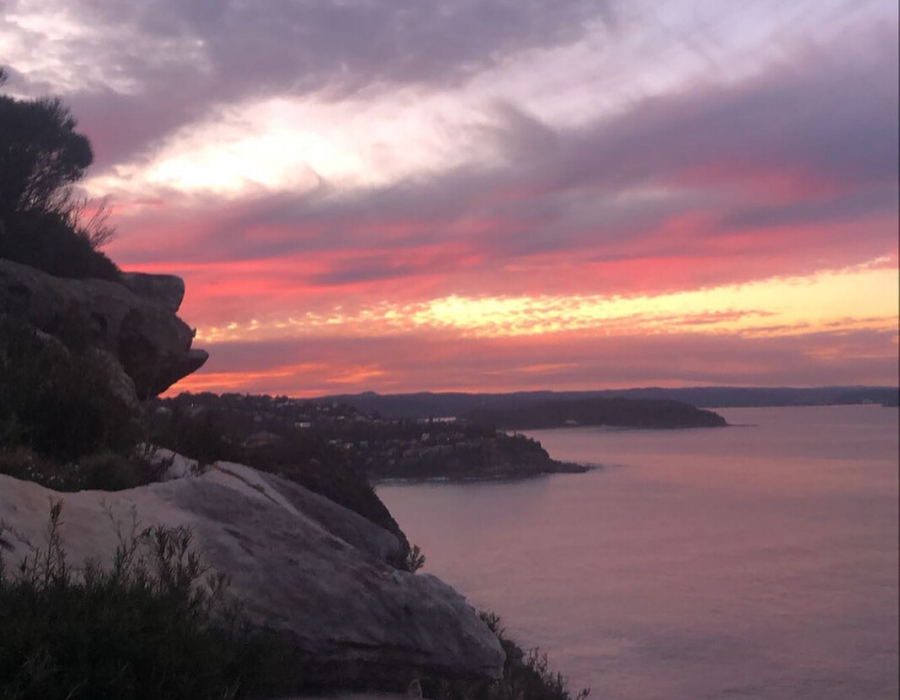
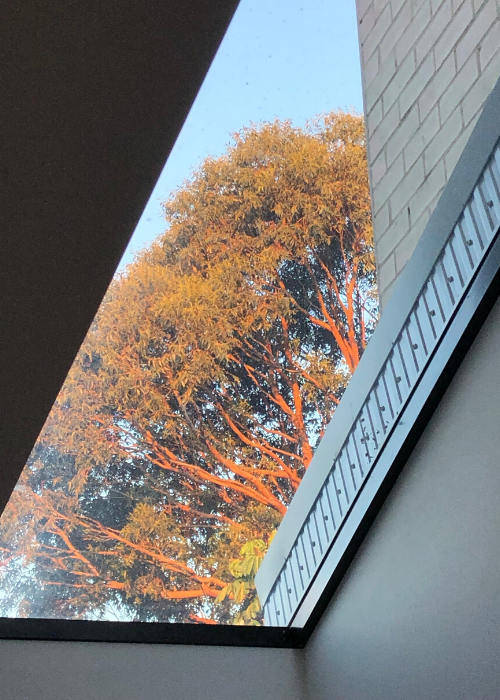
Anita, Deforestation Campaigner, QLD — We've had lots of gorgeous butterflies passing through during the lockdown weeks, including blue tiger and the spectacular common eggfly butterflies. But our resident insects, such as the blue banded bees, hold a special place in my heart. I inherited a native bee hive several years ago and there's nothing nicer than sitting in the sunshine and watching them fly in and out of the hive.
Amelia Young, National Campaigns Director — Every day the begonias on my front porch, which are blooming with flowers day after day, sustain me through this period of isolation.
Ally, Fundraising Director — Here's my piece of urban nature—my big eucalypt in sunny Newtown, it's keeping me feeling connected to its friends.
Sally, Outreach Officer — The coastal sunrise has given me a reason to get up early and start each new day in isolation with a renewed sense of hope.
Tom, Tasmanian Campaign Manager — My local reserve, Waverly Flora. I can go up there and feel in the middle of nowhere.
Leanne, Co-chair Wilderness Society Board — Watching the regrowth throughout the hanging swamp and under the rock ledges on my property at Woodford, NSW.
Matt, CEO — The ocean view from along the cliffs near my house provide the view to the horizon.
Troy, Communications Manager — When I’ve been working inside all day, I’ll look up and this huge tree growing a couple of houses away seems to be leaning over the skylight, reminding me to go out the back, look around and watch the screeching lorikeets.